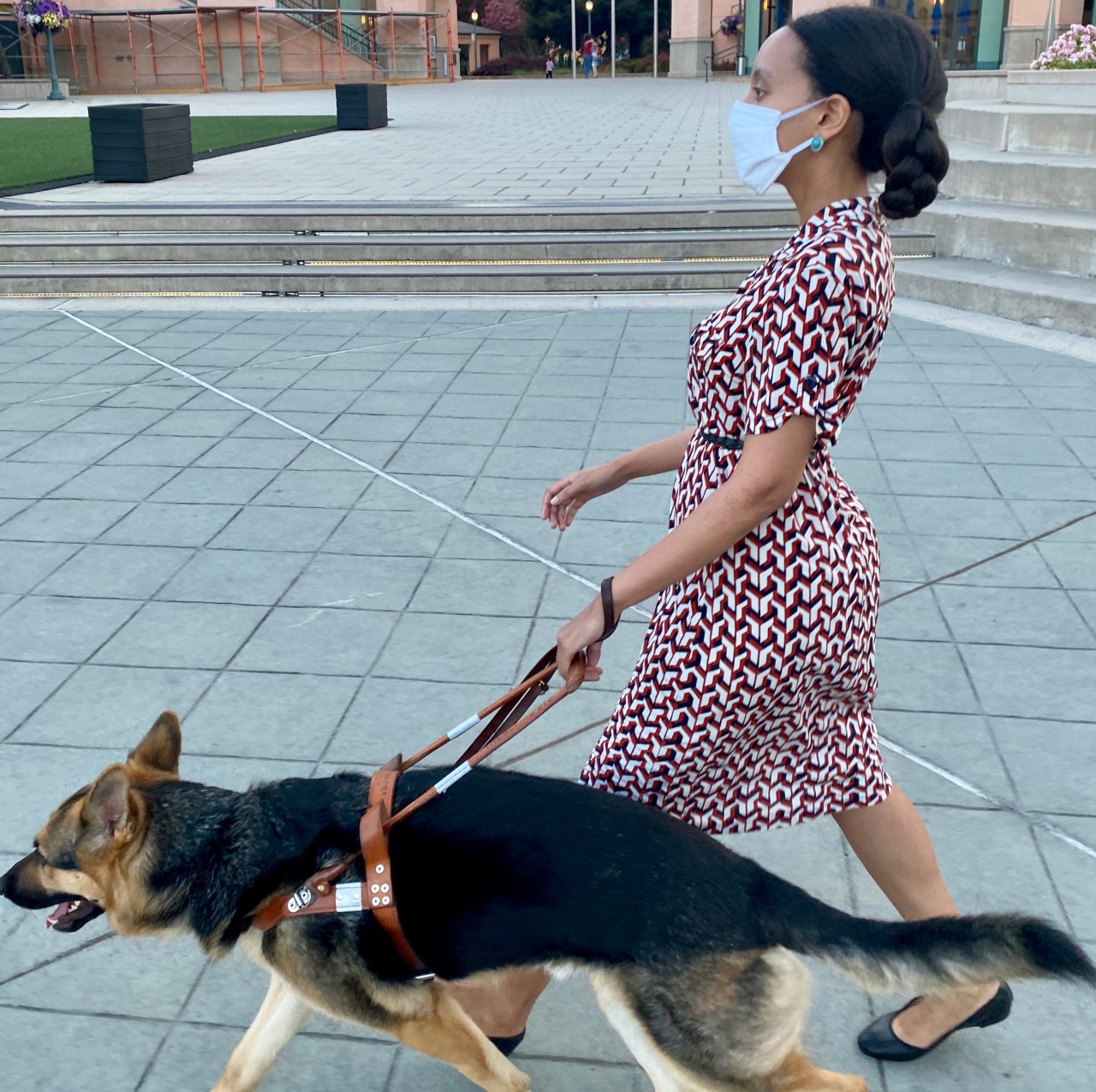As urban landscapes begin to welcome the intrusive, yet undeniably fascinating, world of autonomous robots, it’s time to take a moment and consider an often overlooked perspective: that of the disabled community. A recent encounter with a delivery robot on the streets of Mountain View crystallizes an ongoing dilemma—are we creating a future that includes everyone, or are we inadvertently alienating a significant demographic? Let’s explore the implications of robotic innovation as it intersects with disability rights and accessibility.
A New Wave of No-Contact Delivery
On May 5, 2020, the Mountain View City Council paved the way for Starship Technologies’ robots to zip along city sidewalks, delivering everything from groceries to meals via an easy-to-use app. Initially, this innovation may evoke excitement. After all, the allure of advanced technology smoothly integrating into our daily lives is hard to resist. As the world grappled with social distancing measures during the pandemic, these robots promised contactless delivery solutions.
However, the thrill of innovation gives way to deeper questions about inclusivity. The automated machines, shaped like unassuming coolers, do they truly consider the needs of all pedestrians? Or do they simply exacerbate existing challenges faced by people with disabilities?
When Good Technology Goes Bad
Emily Ackerman, a power wheelchair user, found herself in a precarious situation when a Starship robot occupied the curb cut she needed to navigate safely across a busy street. Her experience is a microcosm of a larger issue: the prevailing attitude in tech design often neglects the requirements of those with mobility challenges. If well-intentioned innovations can pose new barriers, are we really advancing toward a more equitable society?
The Consequences of Oversight
- Inaccessible Design: The designs of many of these robots often fail to navigate or accommodate individuals with mobility devices properly.
- Social Isolation: With limited access to accessible technology, individuals with disabilities often experience a greater sense of social alienation, especially in an increasingly contactless world.
- Exclusion from Technological Advancements: When voice-controlled technologies do not support accessibility features, disabled individuals are left at a disadvantage, unable to leverage innovations designed to simplify everyday tasks.
A Shared Space: Understanding and Inclusivity
The onus does not solely lie with robotic innovators. Urban planners, policymakers, and technology companies must also consider how certain designs can elevate or hinder accessibility. This conversation brings to light the rich history of advocacy and achievement led by disabled individuals, from the installation of curb cuts to the enforcement of the Americans with Disabilities Act (ADA). Each of these milestones is crucial in creating a society that values inclusivity.
Designing for Everyone
We need to actively incorporate the voices of disabled individuals in the ideation stages of robotic solutions, ensuring robust guidelines and accessibility standards are followed. Initiatives like including tactile feedback in the design of delivery robots could revolutionize their usability for those with visual impairments. Advocating for a multi-sensory experience allows all pedestrians to coexist safely in shared spaces.
The Future is Inclusive
As we incorporate robots onto our streets, it’s crucial for us to keep accessibility at the forefront of our minds. Not only would this ensure safety and inclusivity, but it also honors the promise of equality that advocates have tirelessly fought for on behalf of the disabled community.
Conclusion
The future of our streets, filled with semi-autonomous robots and dazzling technology, could either divide us or unite us based on how thoughtfully these designs are approached. If the creators and city planners embrace inclusivity, the community can reap the benefits of technological advancements in a way that truly benefits everyone. The next time I find myself alongside a delivery robot, I hope it’ll do more than roll in place; I hope it’ll embody the spirit of innovation—one that respects and includes all members of society.
At fxis.ai, we believe that such advancements are crucial for the future of AI, as they enable more comprehensive and effective solutions. Our team is continually exploring new methodologies to push the envelope in artificial intelligence, ensuring that our clients benefit from the latest technological innovations. For more insights, updates, or to collaborate on AI development projects, stay connected with fxis.ai.

